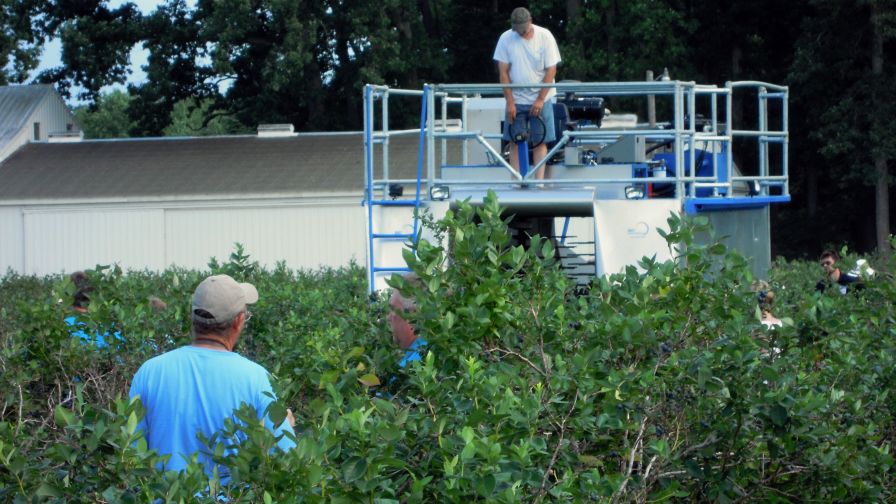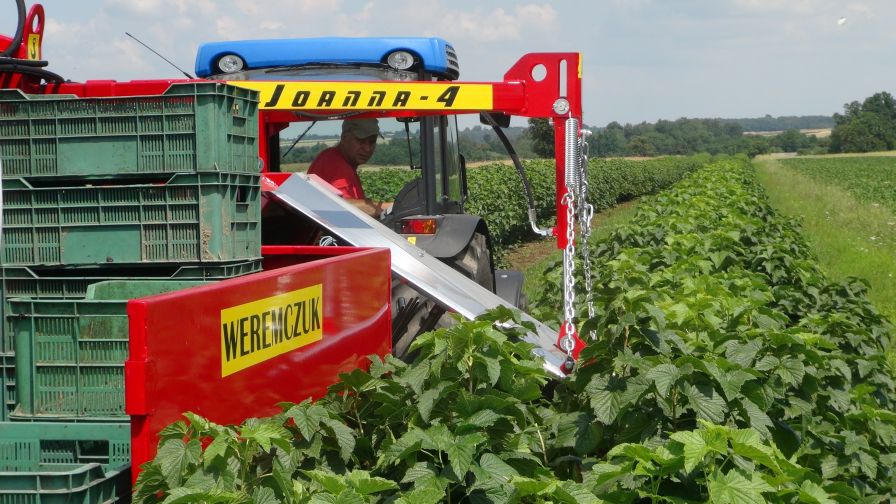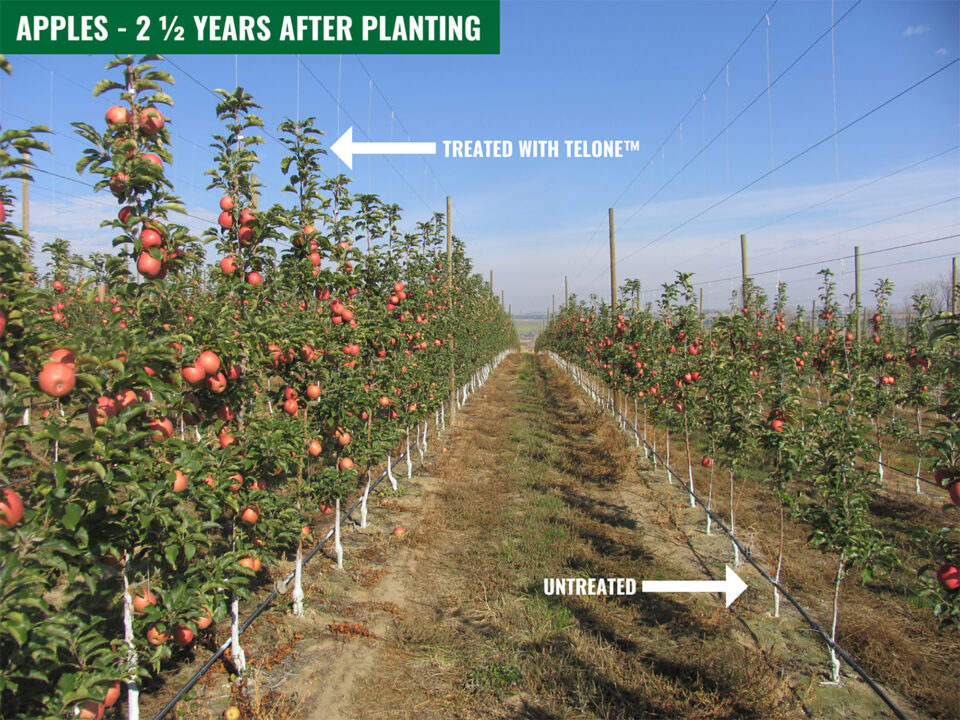Mechanization In The Berry Patch Can Make Your Job Easier

Figure 1. A BEI top loading mechanical harvester being used on blueberry fields. (Photo credit: Mark Longstroth, Extension Fruit Educator, Michigan State University)

Gary Gao
When I was working on my Master’s degree many moons ago at The Ohio State University, I witnessed an awesome sight of Concord grape harvest with mechanical harvesters in Northeast Ohio. Those mechanical harvesters were certainly huge and very efficient! Two to three people with mechanical harvesters replaced an army of human pickers. Mechanical harvesters were necessary for juice grapes since low prices paid to them could not justify the high costs of labor.
After many years, many things still remain the same. With higher cost and ever increasing scarcity of labor during the last few years, efficient and affordable mechanical harvesters could be more of a necessity even for berry crops intended for fresh markets.
One obvious question is “Do efficient and cost-effective mechanical harvesters exist?” The answer is “it depends.” There have been tremendous advances in both the field of mechanical harvesting and fruit breeding. A quick check of several websites of mechanical harvesters would yield quite a few really neat models of mechanical harvesters in a wide price range. For example, Oxbo Corporation has several models for berry crops. They range in the tens of thousands to the hundreds of thousands of dollars.
Varieties, Cultivars Can Impact Mechanization
In the case of blueberries, many varieties can be machine-harvested. Mechanical harvesting of blueberries is quite common in major blueberry production states, such as Michigan (Figure 1).
Despite many advances in mechanical harvesters, there is still a lot of room for improvement.“Everyone wants to harvest for the fresh market with a machine, but the berry bruises if it falls more than 12 inches. You need a cultivar with firm berries, cool dry weather, a good operator and a machine with few drops,” Mark Longstroth of Michigan State University Extension says. “Even then the fruit looks beat up compared with hand harvest. It is a goal of the industry, but we are not there yet.”
Necessary Addition
Since affordable labor will be more and more difficult to get with tougher immigration rules and laws, better mechanical harvesters and firmer berries will need to be developed. At the same time, packers, retailers, and consumers still have high expectations for fresh fruits. We certainly have our work cut out for us.
Small scale growers may also need a mechanical harvester, even those who do pick your own. There are at least two reasons. First, many customers may not come out to pick when the weather gets too hot. Second, those customers miss a lot of fruits.
One of my friends who had a tow-behind harvester, used to pick berries customers left behind. He told me his harvester paid for itself in a couple years. Another blueberry grower in Ohio used his machine to harvest his late-season varieties for frozen berries since most customers do not come out to pick in September.

Figure 2. A Joanna-4 is being pulled to harvest black currants. It is also a very efficient and cost-effective model for aronia growers. (Photo credit: WEREMCZUK FMR LTD. via Dean Mangrich)
Mechanized New Berry Crops
What about these new fruit crops in search of a market? One good example is aronia, which is commonly known as black chokeberries. Aronia has higher antioxidant content than blueberries and raspberries. It is definitely considered a “super fruit.” Aronia is currently used for juice, syrup, ice cream, food colorants, and baked goods.
Since the prices of aronia do not justify the high cost of labor, mechanical harvesting is definitely more of a necessity than luxury. Fortunately, WEREMCZUK FMR, LTD. – a Polish company – has developed several mechanical harvesters for aronia growers. They are Joanna-4, Joanna Premium, Victor/Z, Victor Premium, and Victor.
You do not have to go to Poland to “kick tires” of WEREMCZUK FMR harvesters. Dean Mangrich, co-owner of Aronia Berry Services, LLC of Northeast IA, (www.aroniaberryservicesofneiowa.com), is a U.S. distributor of WEREMCZUK FMR harvesters. I asked Dean which one of these harvesters is the most cost-effective model for small-scale (less than 10 acres) aronia growers. He said both the Joanna-4 and the Joanna Premium are very economical harvesters for aronia and currant growers.
Designed specifically for these two crops, the Joanna, a half-row pull-behind harvester, does an excellent job of getting those low-hanging berries above 8 inches, and is delicate on young bushes. The base price for a Joanna harvester is $32,000. Equipment options and freight can run another $10,000 to $17,000. “You can harvest a third of an acre an hour on a high-production acre (20,000 pounds); compare this to 720 man-hours to harvest that same acre by hand,” he said. (Figure 2)
When you read this article, the weather should be nice and warm. You may be busier than ever in the field. If you do not own one mechanical harvester, now is time to think much more seriously about getting one. It is never a good time to spend a bundle of your hard-earned money, but a mechanical harvester might make you more money, especially when you can’t find enough pickers to harvest fruits for you.










